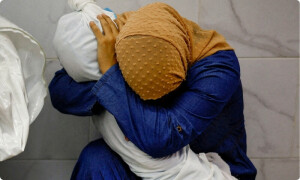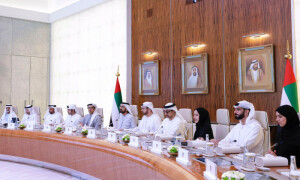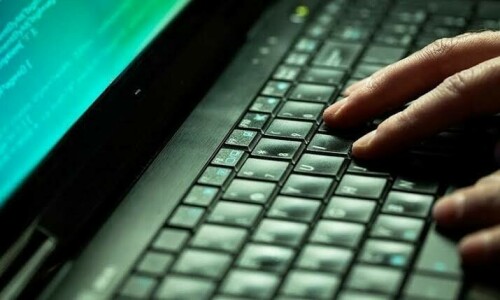When I arrived in Hunza's Shimshal Valley, I was surprised and delighted to see happy locals dressed in colourful and modern winter attire. What was more amazing were the concrete reinforced houses and satellite dish antennas everywhere. It signalled a makeover that I found difficult to associate with this remote region of Pakistan.
But, what left me absolutely stunned was how the locals have completely adopted solar energy.
Let me rewind a little. It had always been my desire to travel to the picturesque Shimshal Valley because I had heard so many wonderful stories about its landscape and people. Last winter, I finally got the opportunity to.
Shimshal is nestled deep in Hunza Valley, sharing a border with China's Xinjiang region. Its biggest claim to fame is that it has produced some of Pakistan's best mountaineers — Samina Baig, Rajab Shah, Meherban Shah and Rehmatullah Baig.
Not an easy place to reach, the road to Shimshal passes through a narrow, winding gorge, which is surrounded by dangerous peaks. It is inhabited by animals including the Blue Sheep and Marcopolo.
Two decades ago, the people of Shimshal had no option but to walk for three whole days, crossing glacial streams at numerous places, and wading through the icy cold water of the Shimshal River, to reach other parts of Hunza. Today, however, the valley is reachable in small vehicles on an unpaved, narrow road.
The opening of this road has brought a palpable change in the valley.
Under the radiant sun
The locals in Shimshal generate their own electricity by harnessing solar energy, almost every house in the valley has multiple solar panels installed on the rooftop. Most houses have solar panels alongside dish antennas.

"There are around 200 houses in Shimshal and every house uses solar panels to generate electricity," a proud local Shambi Khan told me.
He proudly adds that compared to other people living at a similar altitude — 3,000 metres above sea level in Asia — Shimshal's residents enjoy a much better quality of life.

Some locals shared with me that they had also installed solar panels in the Pamir pastures, located close to the border with China, where shepherds live throughout the freezing winters and tend to their yaks.
I interacted with a local development practitioner, Pervez Ahmad, who told me that a community school in the village also uses solar panels to generate electricity. "The Naubahar school produces around 20KV electricity through solar panels, which is enough to run the IT lab and supply electricity to 18 classrooms.”


Ghulam Shah — a social activist and tourist guide — acknowledged the fact that solar panels are good to light houses, but cannot be used to run heavy electrical items.
He said that the previous Pakistan Peoples Party (PPP) government had started construction work on a 0.2MW hydropower station.
“On completion, the power house can generate enough electricity throughout the year for Shimshal,” he hoped.

Others, I spoke to, were sceptical of the project because they said that the previous governments had failed to complete a hydropower station in the nearby village of Misgar.
Take a look: Make your own electricity: A tale of Swat’s restless heroes
I learned that an NGO called Aga Khan Rural Support Programme (AKRPS) had helped the local community to build a 112KV microhydel power house in 1997 in Shimshal.
Unfortunately, the power house cannot be functional for more than three months at a stretch because of the unavailability of round-the-year running water.
Notwithstanding, it was inspiring to see that the residents of Shimshal are not sitting around just waiting for things to happen and instead, are deeply determined to be self-sufficient.
When governments fail us, as they so often do, residents of this remote valley, in going about their daily lives, are settling shining examples for the rest of Pakistan.
—Photos by author














































